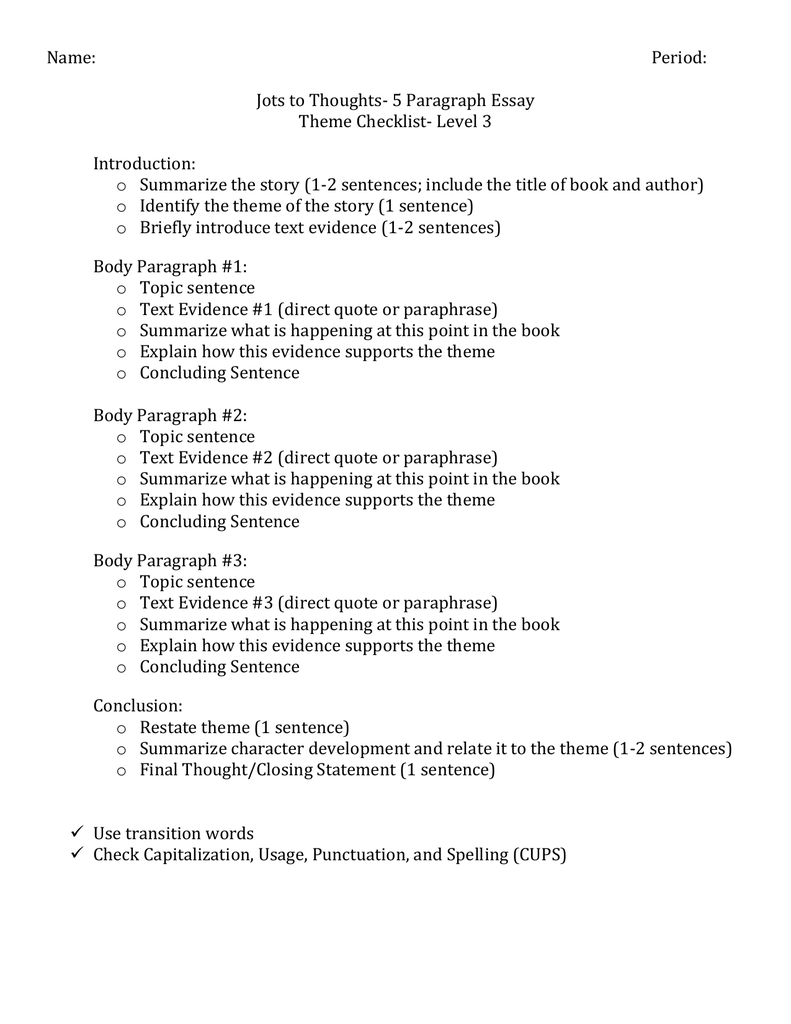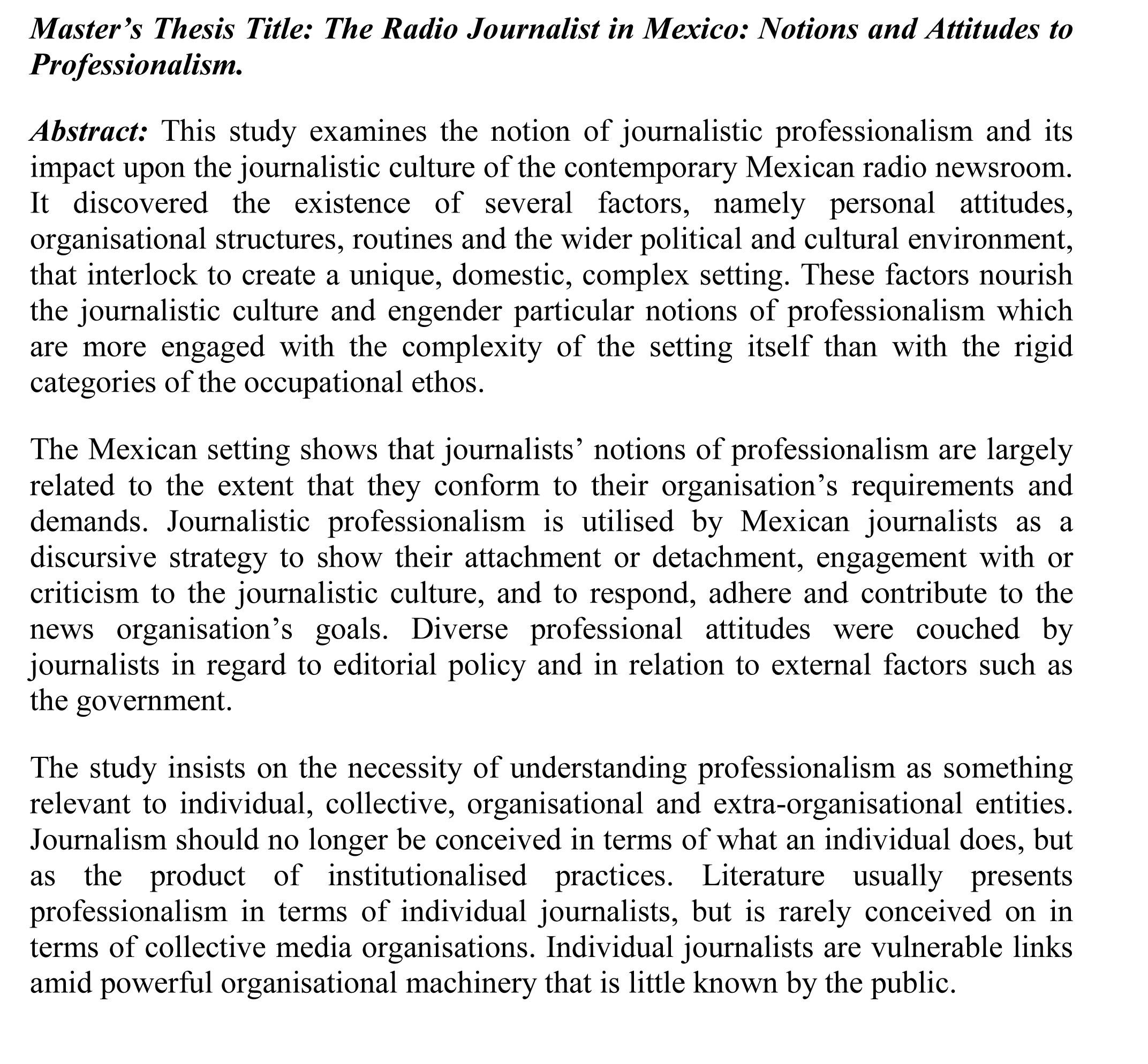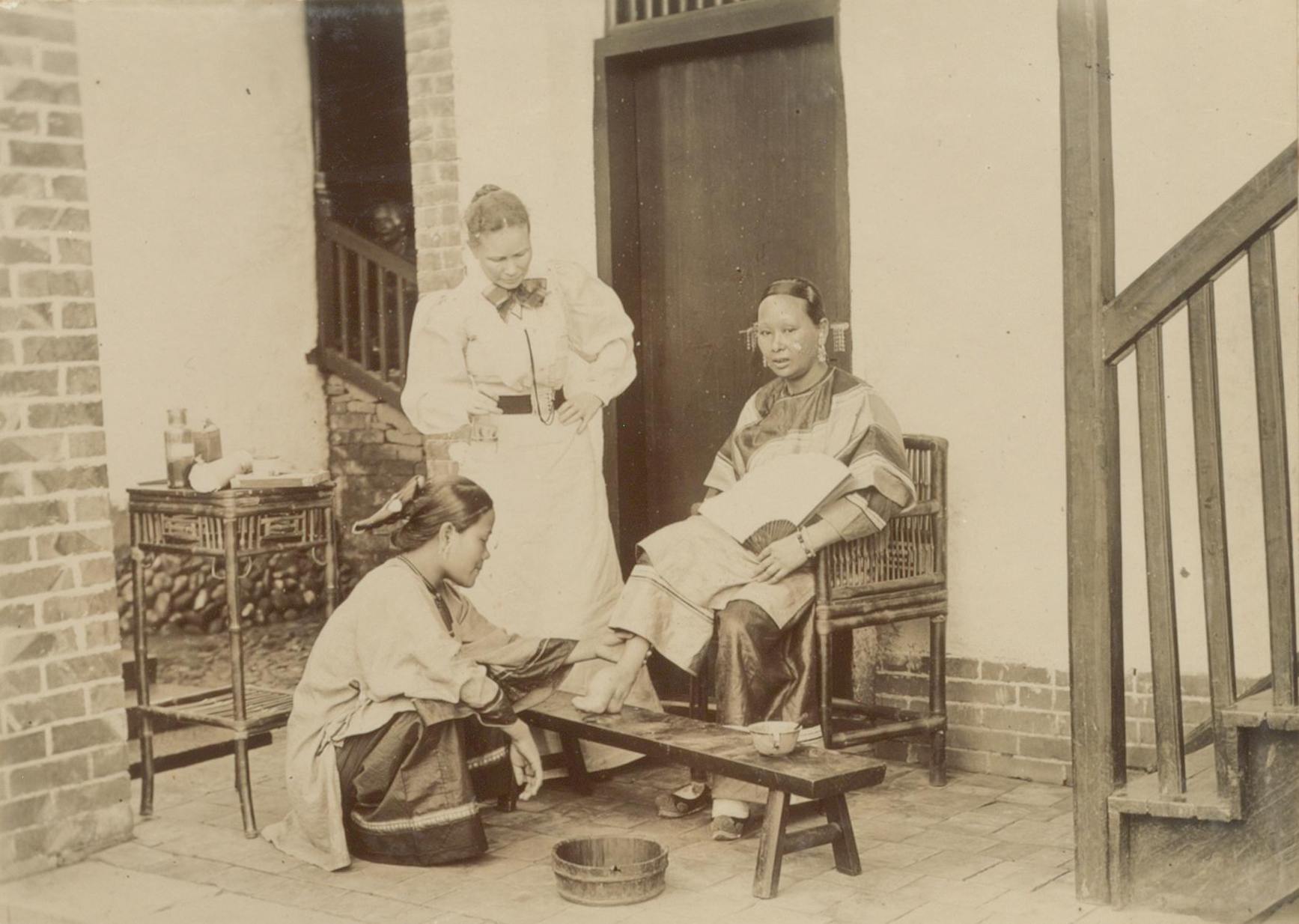Rhetorical Analysis Of Gary Soto The Pie - 796 Words.
Gary Soto recalls a time when he was six years old and stole an apple pie. Soto s use of contrast, diction and imagery breathe life into his work and give a unique perspective into the mind and motive of a guilty six year old. In Soto s work, a reader is impressed by the vast amount of vivid contrasts to illustrate a point, not only from a child s view but also from a religious one, too. Soto.
Literary Analysis on Gary Soto’s “The Pie” Essay Sample. Prominent American authors such as Mark Twain, Jonathan Edwards, and Nathan Hawthorne extensively emphasize in their works the role guilt plays in a person’s conscience and society. In Mark Twain’s The Adventures of Huckleberry Finn, Twain builds up the plot by thoroughly.

Gary Soto revives his childhood sin of stealing a pie from the local market by using literary devices such as imagery, diction, and religious contrasting. He parallels his holy upbringing with his heinous sin and uses imagery to bring his guilt to life. Soto’s use of diction and imagery assists him to arouse the reader’s sense of guilt, which is an emotion most people possess.Soto.

In the passage, “A Summer life” by Gary Soto. He writes an autobiography about his childhood past. One summer day, where he stole a pie from the market. Knowing it was a bad idea, he still did it anyways. In the pie-stealing passage from his autobiography, Gary Soto presents his guilty six-year-old self through descriptions of his guilt, through references to religion, and through his.

The Pie Rhetorical Analysis In the autobiographical narrative “The Pie” by Gary Soto, the author recreates the experience of his guilty six-year-old self as he describes his first experience with stealing. He effectively portrays his worst sin through his use of contrast, repetition, and imagery. While contrast describes the existence of both the Holy ways and temptation of human desires.

The Pie Essay. Topics: Seven deadly sins,. Although stealing a single pie might seem insignificant, Gary Soto is able to emphasize the guilt possessed as a young six-year-old boy by using numerous rhetorical devices to recreate this unforgettable memory. In the excerpt from A Summer Life, Gary Soto tries to show that humans are prone to sin. Everyday men and women sin, subconsciously and.

Gary Soto’s autobiographical narrative reinvents a memory of his guilty six-year-old self. Soto is a hungry child who wants nothing more than a pie from the German market. He has no experiences of sin being bad except from what he is told, from his parents and from the bible. The author eventually learns from experience as he steals a pie and.

Jennie Le AP English 29 August 2010 A Summer Life rhetoric analysis In his autobiographical narrative A Summer Life, Gary Soto vividly recreates the guilt felt by a six- year-old boy who steals an apple pie. Through Soto’s reminiscent he has taken us on a journey of his guilt, paranoia, and redemption through the usage of tone, allusions, and imagery. Since Soto knows stealing the pie is a.

Literary Analysis on Gary Soto’s “The Pie” Essay Sample. Prominent American authors such as Mark Twain, Jonathan Edwards, and Nathan Hawthorne extensively emphasize in their works the role guilt plays in a person’s conscience and society. In Mark Twain’s The Adventures of Huckleberry Finn, Twain builds up the plot by thoroughly describing the guilt Huck feels after he helps Jim, the.
![]()
Soto has a similar struggle when he finds himself bored and resorts to socially unacceptable behavior—stealing a pie. In the passage from Gary Soto’s book A Summer Life, he demonstrates the guilt he feels after the incident that morning. He first uses visual and kinesthetic imagery, followed by the allusion to faith and morals to convey not only his guilt arriving from his actions, but his.

Author, Gary Soto, in his autobiographical narrative “The Pie” reminisces about the first time he committed an evil sin when he was only a six year old boy. Soto’s purpose is to portray the different characteristics between good and evil through psychological references. He uses an overwhelming tone to describe the guilt and self-conscious he felt in a vividly manner to connect emotions.

Rhetorical Analysis. In this autobiographical narrative, the author, Gary Soto, uses many literary devices such as contrast, repetition, pacing, diction, and imagery to allow the reader to feel the guilt he felt as a six year old boy who stole an apple pie. This piece of writing is overloaded with these devices, and often isn’t truly uncovered unless the reader analyzes each sentence and.

In the autobiographical narrative The Pie, Gary Soto tells of a sin he commits as a child and later feels guilty about. Although he knew stealing was wrong, that knowledge still did not keep him from taking a pie from the market. With the use of religious diction, vivid imagery, repetition.



